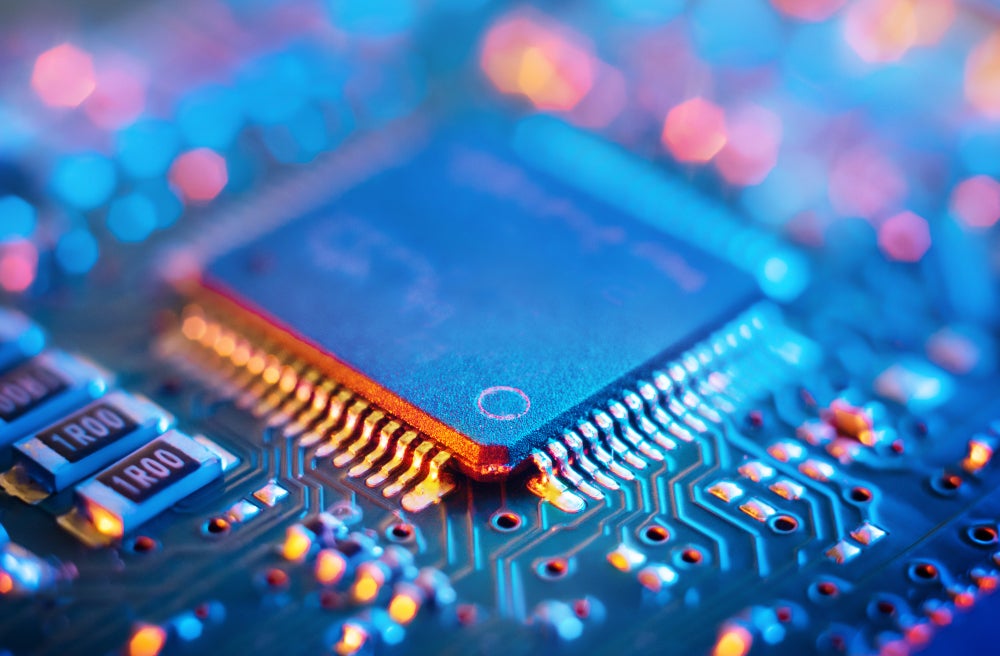Coherent has filed a patent for an electrochemical device that includes a first electrode with immobilized sulfur, a binder, and a porous composition. The porous composition consists of two different porous materials with varying pore sizes. The device also includes a second electrode and an electrolyte. GlobalData’s report on Coherent gives a 360-degree view of the company including its patenting strategy. Buy the report here.
According to GlobalData’s company profile on Coherent, Lithium-ion batteries was a key innovation area identified from patents. Coherent's grant share as of September 2023 was 68%. Grant share is based on the ratio of number of grants to total number of patents.
Electrochemical device with sulfur-based first electrode and porous composition
A recently filed patent (Publication Number: US20230317918A1) describes an electrochemical device with specific compositions and configurations. The device includes a first electrode with immobilized sulfur, a binder, and a porous composition consisting of two different porous materials. The first porous material has an average pore size less than 2 nm, while the second porous material has an average pore size ranging from 2 nm to 100 nm. The device also includes a second electrode and an electrolyte positioned between the two electrodes.
The patent claims also mention the addition of a third porous material with an average pore size ranging between 100 nm and 3 µm, as well as a fourth porous material with an average pore size greater than 3 µm to the porous composition.
The first electrode can be made of various materials such as chalcogen elements, fluorides, intercalated cathode materials, or supercapacitor materials. The second electrode can be made of elements from different groups or compounds.
The porous materials in the device can include activated carbon, carbon nanotubes, graphene, carbon molecular sieves, hollow carbon fibers, metal oxides, metal-organic frameworks, porous polymeric resins, sacrificial emulsions, or natural porous materials.
The second electrode has a thickness ranging from 20 µm to 2 mm and can be made of lithium. The electrolyte can consist of LiBF4, LiC2F6NO4S2, LiNS2O4F2, LiBOB, LiPO2F2, LiPF6, ether, or carbonate.
The first electrode has a sulfur loading ranging from about 0.6 mg-S/cm2 to about 4.5 mg-S/cm2. The binder in the first electrode can be carboxymethyl cellulose, styrene-butadiene rubber, PVDF, PTFE, or PAA, with specific weight percentages.
The electrochemical device can have a cycle rate of about 0.25 C-rate and a discharge current density greater than 0.4 mA/cm2. It can also include a separator made of polyolefin positioned between the two electrodes.
Additionally, the patent describes an electrically conductive substrate for the electrochemical device with similar compositions and configurations as the first electrode.
In summary, the patent outlines an electrochemical device with specific compositions for the electrodes, binder, and porous materials, as well as configurations for the electrolyte and separator. The device aims to achieve specific performance characteristics such as cycle rate and discharge current density. The patent also includes an electrically conductive substrate and specific compositions for the porous materials used in the device.
To know more about GlobalData’s detailed insights on Coherent, buy the report here.
Data Insights
From

The gold standard of business intelligence.
Blending expert knowledge with cutting-edge technology, GlobalData’s unrivalled proprietary data will enable you to decode what’s happening in your market. You can make better informed decisions and gain a future-proof advantage over your competitors.







